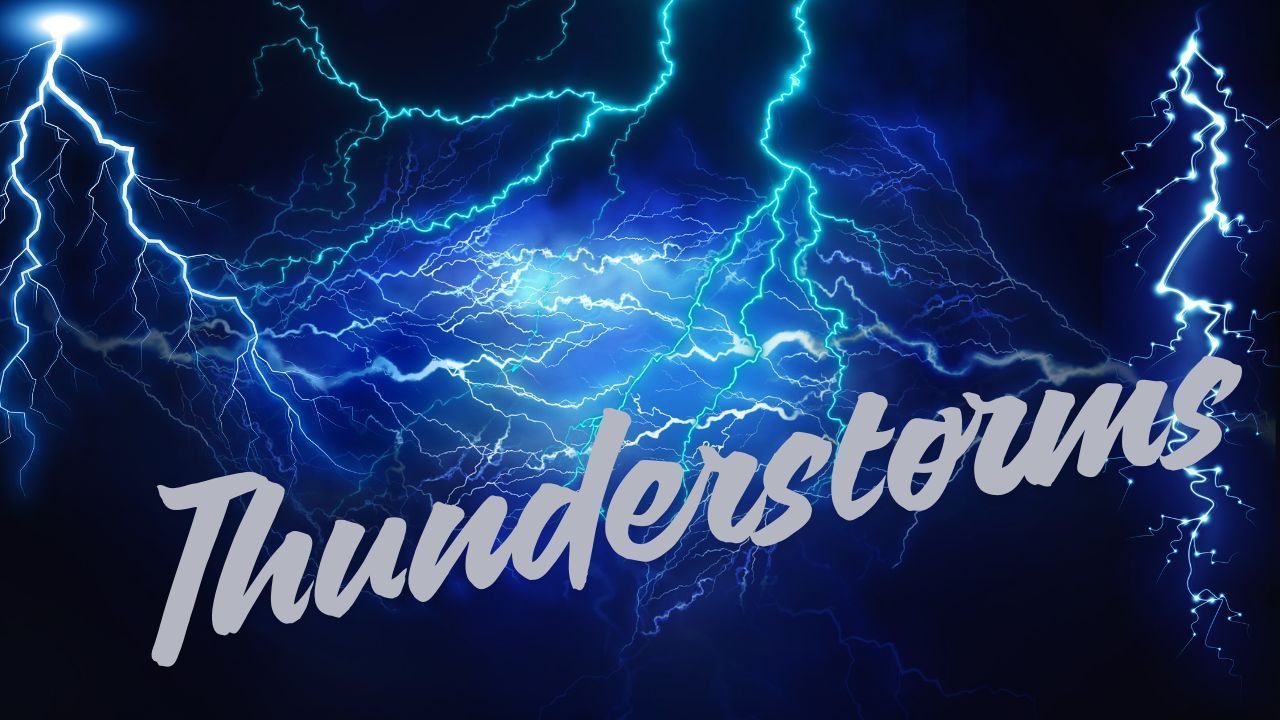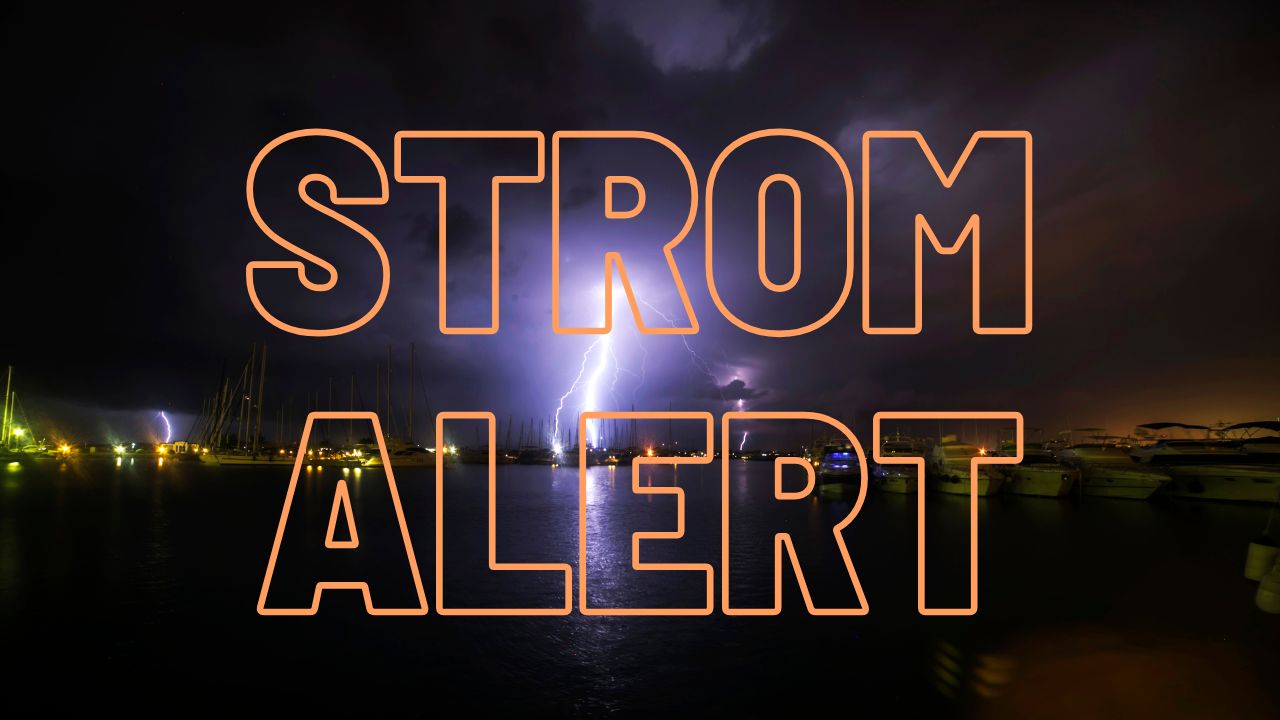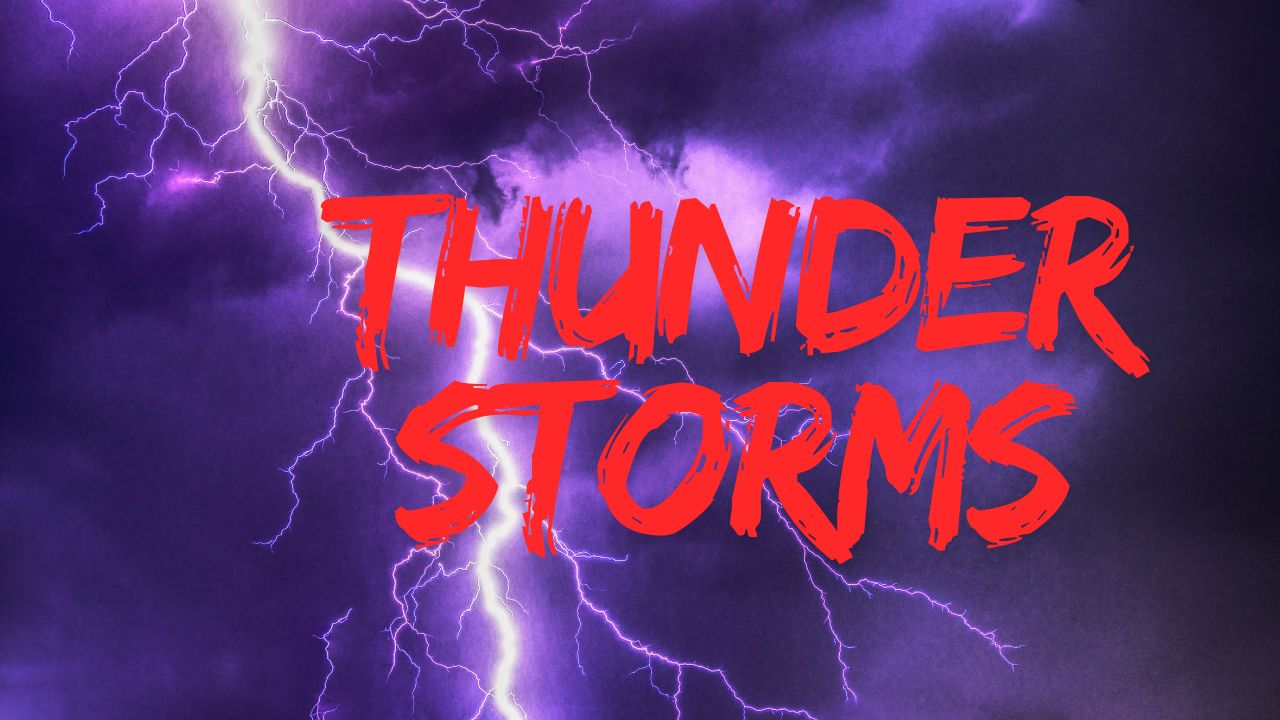Kingston, Jamaica – Hurricane Melissa, one of the most powerful Atlantic storms ever recorded, made landfall in Jamaica on Tuesday as a Category 5 hurricane, bringing devastating winds, catastrophic flooding, and widespread power outages. The storm, now moving toward eastern Cuba, has already left at least seven people dead across the Caribbean, including three in Jamaica.
The Incident: Jamaica Faces Its Strongest Hurricane in Recorded History
According to the National Hurricane Center (NHC), Hurricane Melissa struck Jamaica’s southwestern coast near New Hope with sustained winds of 185 mph, making it the most powerful storm to hit the island in 174 years of record-keeping.
The hurricane ripped roofs from buildings, toppled trees, and triggered massive landslides, leaving parts of the island inaccessible. More than 530,000 residents lost electricity by Tuesday evening, according to Minister of Local Government Desmond McKenzie.
A section of the Black River Hospital suffered roof damage, forcing the evacuation of 75 patients. McKenzie warned that assessing the full extent of the damage will take days.
“There is no infrastructure in the region that can withstand a Category 5,” Prime Minister Andrew Holness said during an emergency briefing. “The question now is the speed of recovery. That’s the challenge.”
Investigation and Evidence: Strength and Path of the Storm
The Miami-based NHC reported that Melissa weakened slightly after landfall, with winds decreasing to 130 mph (Category 4) by Tuesday night. However, it began restrengthening over warm waters as it moved toward eastern Cuba.
Forecasters expect Melissa to make landfall in southeastern Cuba early Wednesday morning as a major hurricane, bringing 10–20 inches of rain, with up to 25 inches in some areas.
The storm’s path is projected to move northeast toward the southeastern Bahamas, maintaining hurricane strength through Wednesday night. A hurricane warning is in effect for parts of Cuba and the Bahamas, while tropical storm warnings extend to Turks and Caicos Islands and southern Hispaniola.
Humanitarian Impact and Evacuations
The International Federation of Red Cross and Red Crescent Societies estimates that 1.5 million Jamaicans have been affected. “There will be a massive impact,” said IFRC official Necephor Mghendi in Geneva.
In Cuba, President Miguel Díaz-Canel Bermúdez confirmed that 735,000 people have been evacuated from high-risk areas in Granma, Santiago de Cuba, Guantánamo, Holguin, and Las Tunas provinces.
Health Minister Christopher Tufton said that patients in hospitals near Jamaica’s southern coastline had been moved to higher floors to protect against a possible 13-foot storm surge.
“We hope these precautions will suffice for any surge that will take place,” Tufton said.
Across the Caribbean, Melissa has already caused seven confirmed deaths—three in Jamaica, three in Haiti, and one in the Dominican Republic—with another person reported missing.
Statements and Reactions from Officials
Experts are calling Hurricane Melissa “the storm of the century.” Anne-Claire Fontan, a tropical cyclone specialist at the World Meteorological Organization, said the damage would be catastrophic.
“For Jamaica, it will be the storm of the century for sure,” Fontan told reporters in Geneva.
Colin Bogle, a Mercy Corps adviser near Kingston, described the situation as terrifying for many families.
“Many have never experienced anything like this before, and the uncertainty is frightening,” Bogle said. “There is profound fear of losing homes and livelihoods, of injury, and of displacement.”
Matthew Samuda, Jamaica’s Minister of Water and Environment, urged residents to conserve water and prepare for continued outages.
“Every drop will count,” he said, noting that more than 50 generators are on standby for emergency deployment.
Background Context: Record-Breaking Conditions and Global Concern
Melissa’s sustained winds and central pressure rank it among the strongest Atlantic hurricanes in recorded history, comparable to storms like Hurricane Dorian (2019) and Hurricane Gilbert (1988)—both of which also devastated the Caribbean.
Meteorologists warn that climate change and warming ocean temperatures are intensifying storms, enabling them to reach Category 5 strength faster and sustain power longer.
Rainfall projections indicate 15–30 inches across Jamaica, with isolated totals of up to 40 inches, leading to catastrophic flash flooding and landslides, according to the NHC. Similar rainfall levels are expected in Cuba and the Bahamas, threatening thousands of homes and farmlands.
Ongoing Developments and Next Steps
The U.S. State Department issued travel alerts for Jamaica, Cuba, Haiti, and the Bahamas, urging citizens to leave while commercial flights remain available or prepare to shelter in place.
Meanwhile, a NOAA Hurricane Hunters aircraft mission was forced to abort on Monday after encountering severe turbulence in Melissa’s southwestern eyewall, highlighting the storm’s intensity.
Rescue operations are expected to begin once conditions improve. Jamaican officials say national emergency teams are already working to restore electricity and clear roads in the island’s hardest-hit southern parishes.
Conclusion
As Hurricane Melissa barrels toward Cuba, Jamaica faces a long and difficult recovery from the most powerful storm in its history. With homes destroyed, hospitals damaged, and widespread power outages, officials warn that the days ahead will be critical for relief and rebuilding efforts.
What are your thoughts on this devastating storm? Share your views in the comments below.




